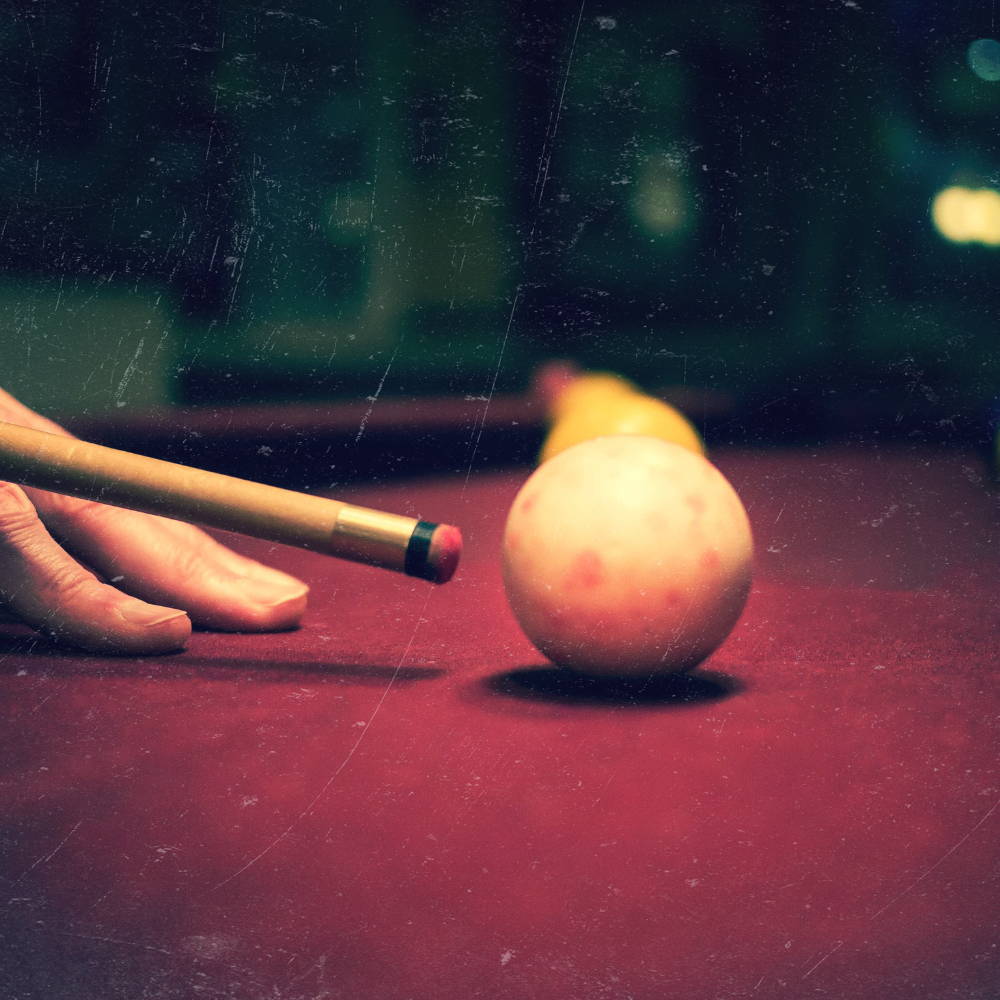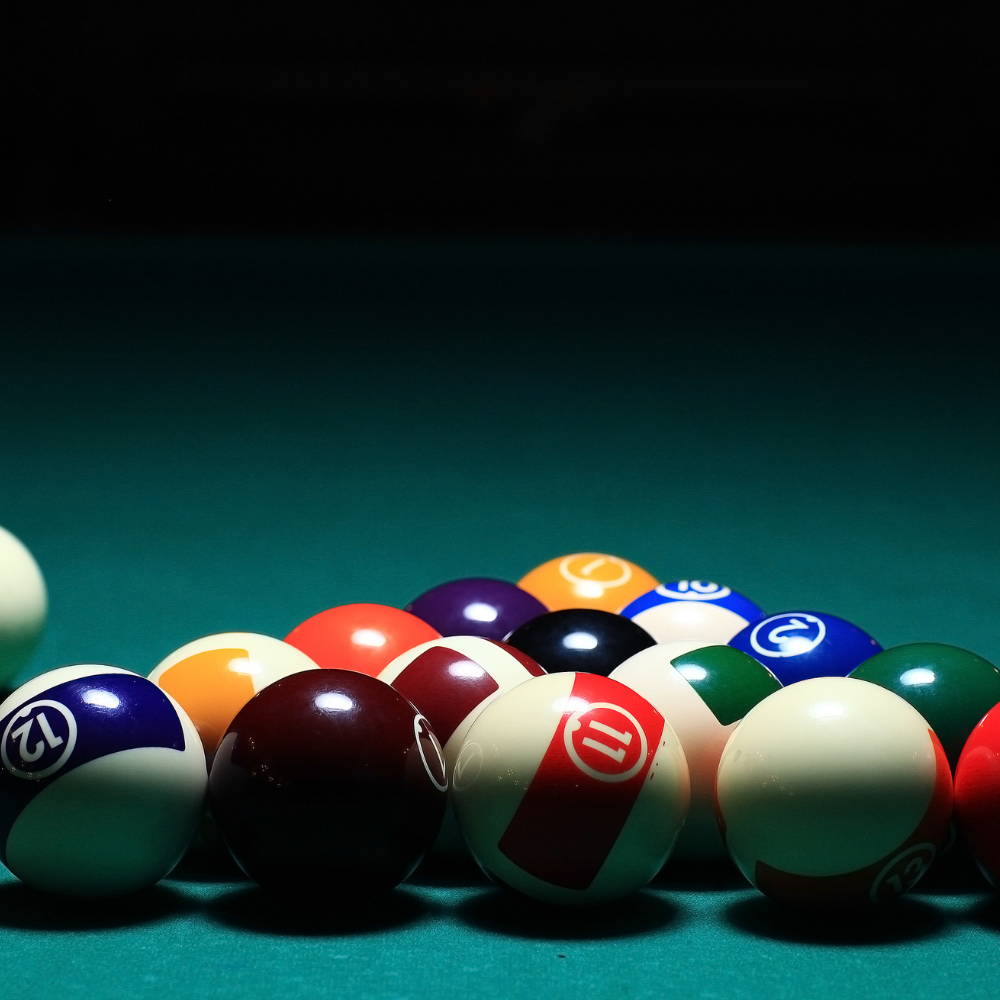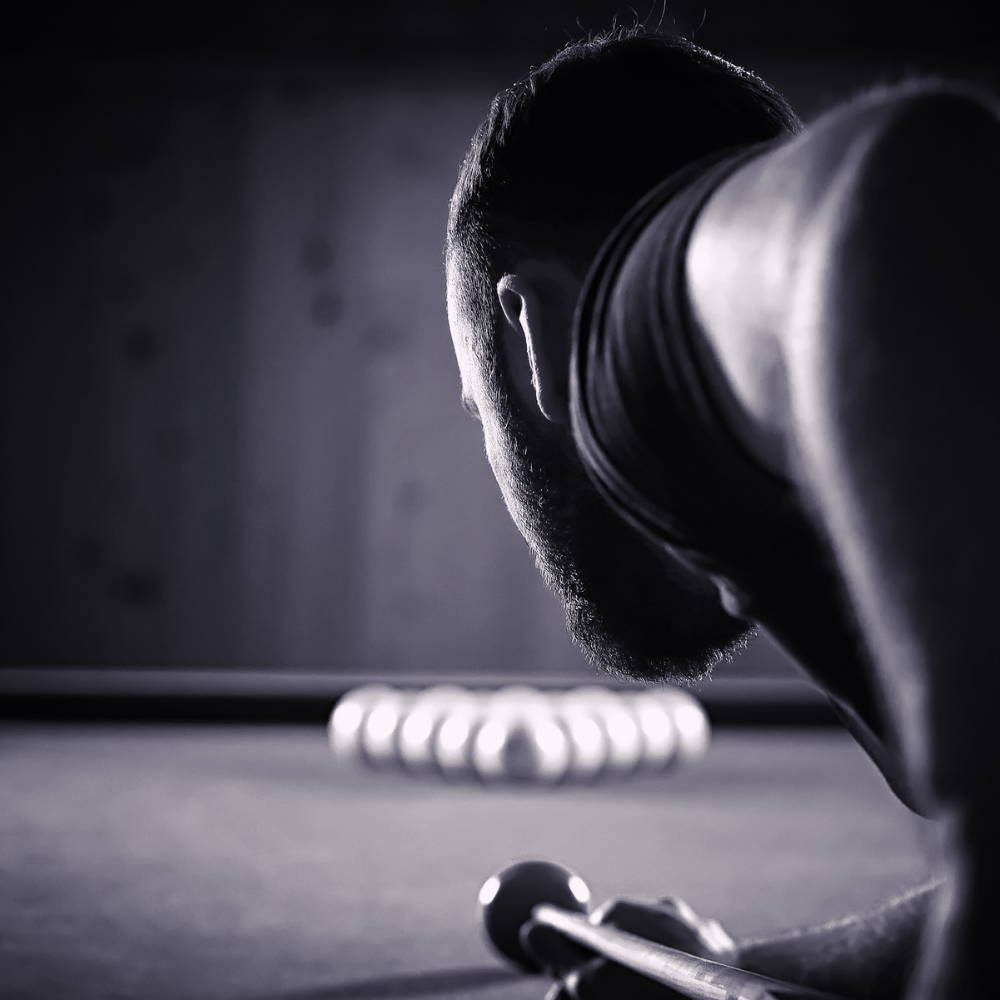Corner Pocket: The Architecture and Geometry of a Perfect Shot
Understanding the Pool Table as a Geometric Playground
When a player approaches a pool table, they are greeted with more than just green felt and pool balls. It's a veritable geometric canvas. Each shot, be it straightforward or a complex bank shot, is a dance of angles, spin, and precision. Before delving into the intricacies of making that perfect shot, it's essential to recognize the pool table as a living, breathing entity of lines and angles.
Angles Are Everything
In pool, the most fundamental geometric concept is the angle. A common phrase in the sport is "angle in, angle out." This refers to the fact that the angle at which the cue ball hits the object ball will determine its rebound angle. The key to mastering angles lies in understanding the natural tangent line. When struck, the cue ball will follow this line, and recognizing it can dictate where the cue ball will end up after making contact with the target ball.

Force and its Architectural Implication
Beyond angles, the force or speed at which the cue ball is struck plays a vital role. A softer touch can allow for a ball to drop into a pocket that might otherwise be missed with a more forceful hit. This understanding is akin to architectural planning, where different structures require varying amounts of force and support. In the world of pool, understanding when to employ a gentle tap or a forceful strike can be the difference between a pocketed ball and a missed opportunity.
The Spin Factor: Adding a New Dimension to Geometry
Introducing spin or "English" to the cue ball adds another layer of geometric complexity. Depending on where the cue ball is struck, players can induce backspin, topspin, or sidespin. Each spin affects the trajectory and behavior of the ball post-impact. For example, backspin can make the cue ball reverse its course after hitting the object ball, while sidespin can help navigate the ball around obstacles or position it for the next shot.
Mapping the Table: Visualization as a Tool
Many professional players stress the importance of visualization. Before taking a shot, they map out the ball's trajectory in their mind, plotting its path and accounting for any spins they intend to use. This mental exercise is much like an architect visualizing a building before laying the foundation. By predicting the ball's behavior, players can make adjustments, ensuring they get closer to that perfect shot.
The Role of Equipment in Architecting the Perfect Shot
The type of cue, its tip, and the quality of the pool table cloth all play significant roles in the game's geometry. A cue with a more flexible shaft might offer different feedback compared to a stiffer one. Similarly, a worn-out tip may not provide the desired spin as efficiently as a newly chalked one. Being attuned to these nuances is akin to an architect understanding their materials and tools in-depth, ensuring the final outcome is as envisioned.
The Beauty of Complexity: Combining Shots and Strategies
While individual shots rely heavily on geometry and physics, stringing together a series of shots introduces a new layer of complexity. Players need to think multiple shots ahead, ensuring they position the cue ball optimally for subsequent shots. This foresight is similar to architectural planning, where understanding the broader blueprint is as crucial as the individual components.

The Symphony of Variables in Every Shot
Cue Ball Control: The Heart of Precision
Central to mastering the pool is cue ball control. It's the subtle difference between a beginner who just aims to sink balls and a seasoned player who thinks several shots ahead. By understanding how the cue ball reacts when struck at different positions, players can predict and control its movements post-collision. This level of precision equates to a composer understanding each note's nuance in a musical piece.
Environmental Variables: Every Setting is Unique
Much like an architect must account for environmental variables such as wind, soil quality, and sunlight in their designs, a pool player must adjust to the idiosyncrasies of each pool table. Tables can vary in size, cloth friction, and even the straightness of the rails. An imperceptible tilt in the table or a minor inconsistency in rail cushioning can drastically affect a shot's outcome. Recognizing these nuances and adapting to them is crucial for consistent performance.
Psychology and Intuition: Beyond the Mathematics
While geometry and physics undeniably play a dominant role in pool, the psychological aspect is equally pivotal. Reading an opponent's strategy, gauging their strengths and weaknesses, and even employing a bit of gamesmanship are all part of the more profound game. This layer of strategy parallels the intuitive side of architecture, where beyond the cold hard facts and calculations, there's an art to understanding spaces and how people interact with them.
Continuous Learning: The Evolution of Techniques
The realm of pool is not static. New techniques, strategies, and even equipment innovations continuously emerge. Top players often experiment with unconventional shots or adopt novel strategies to gain an edge over their competition. This continuous evolution and learning are akin to architects who constantly update their knowledge, embracing new materials, technologies, and design philosophies to stay ahead in their field.
Respect for the Classics: Historical Techniques that Still Shine
Despite the game's evolution, certain classic techniques remain timeless. These tried-and-true methods have been passed down through generations, much like architectural marvels that stand the test of time. Embracing these traditional techniques while adapting to modern nuances is the hallmark of a well-rounded player.

Conclusion: The Art and Science of the Perfect Shot
The pool table is a blend of art and science, creativity and precision, instinct and calculation. While it might seem like a simple game on the surface, the underlying complexities mirror the intricate thought processes of an architect designing a masterpiece. Each shot, each spin, each angle is a testament to the beauty of geometry and the endless possibilities it presents. As players hone their skills, they aren't just improving their game; they're delving deeper into a world where architecture and geometry converge, leading them ever closer to the pursuit of the perfect shot.
Are you looking for a Pool Table? check out our pool tables range Pool Tables





